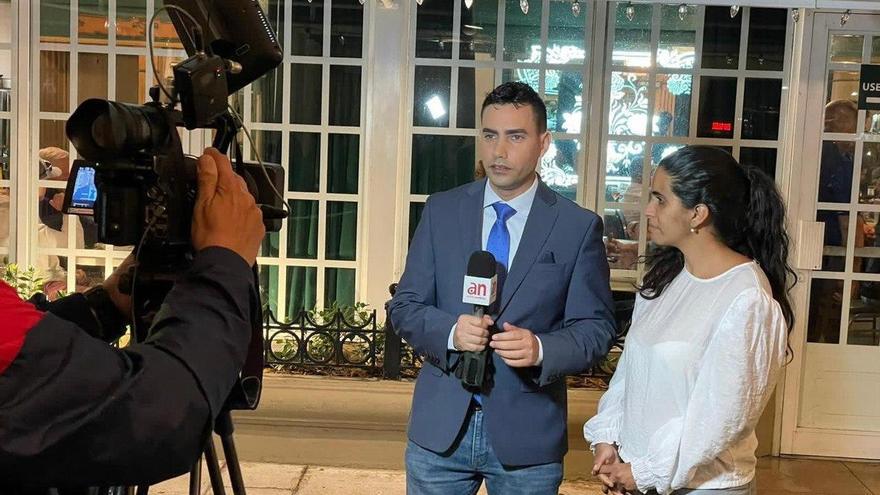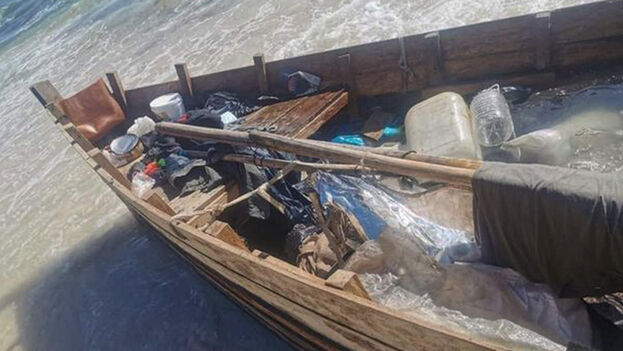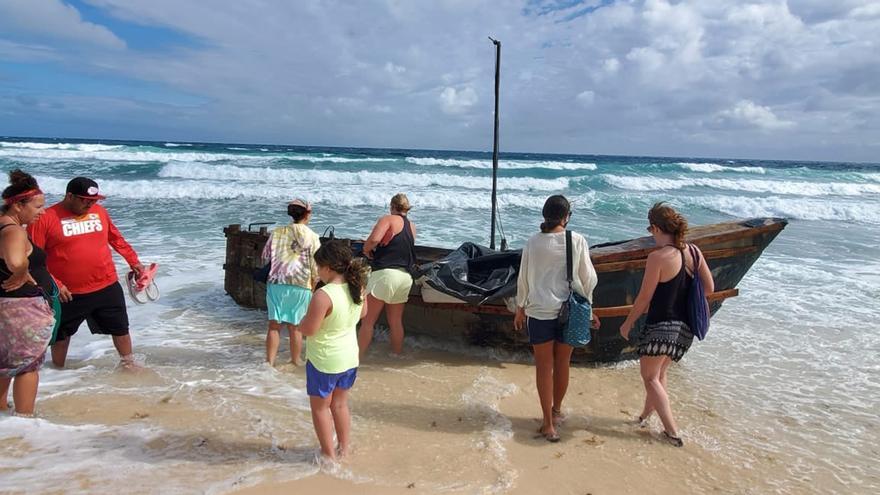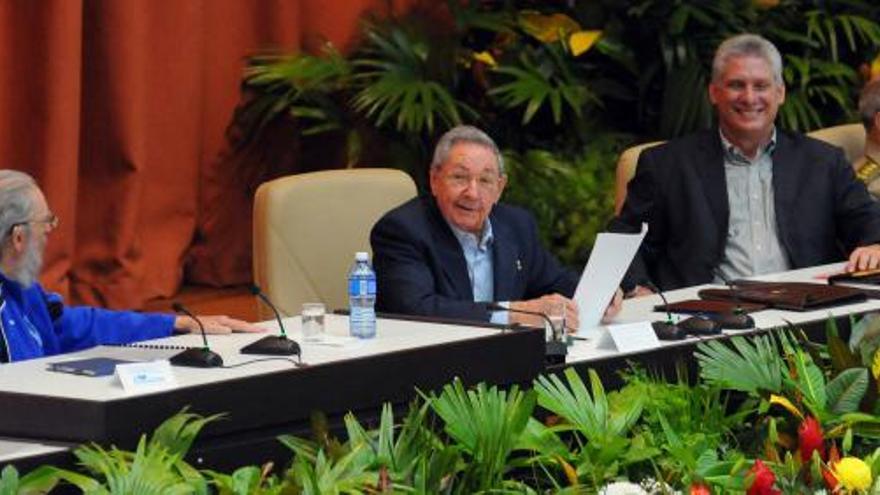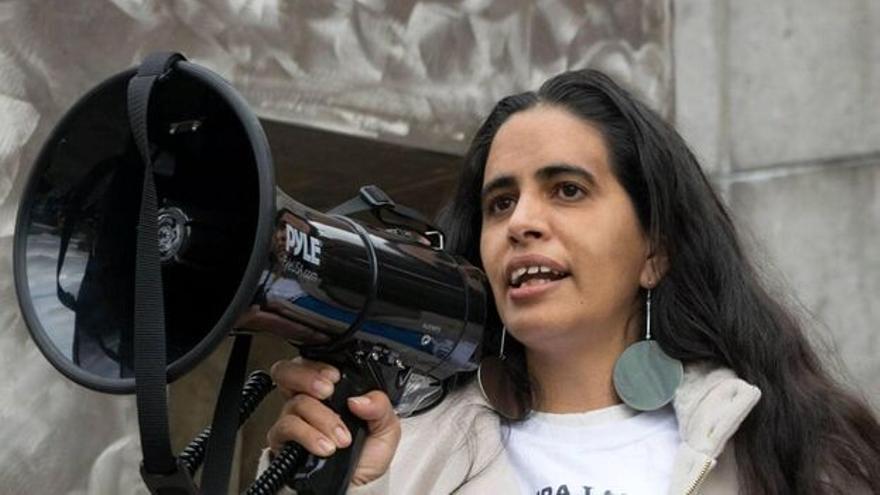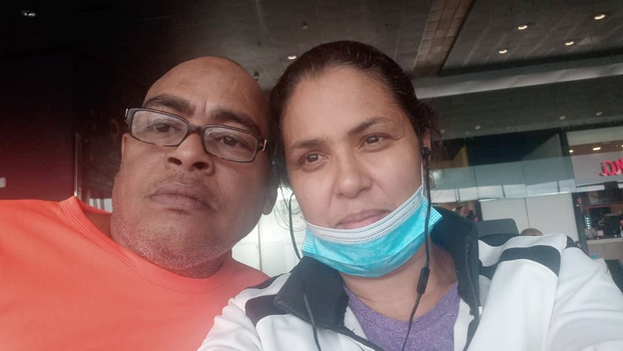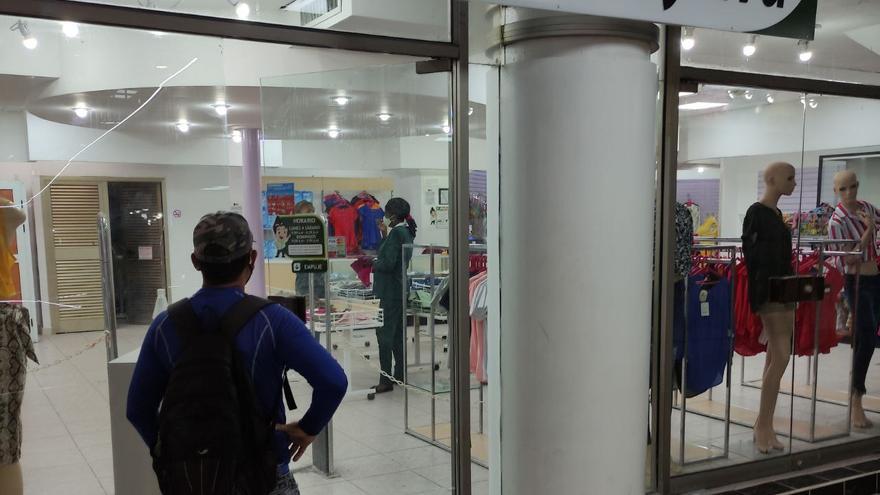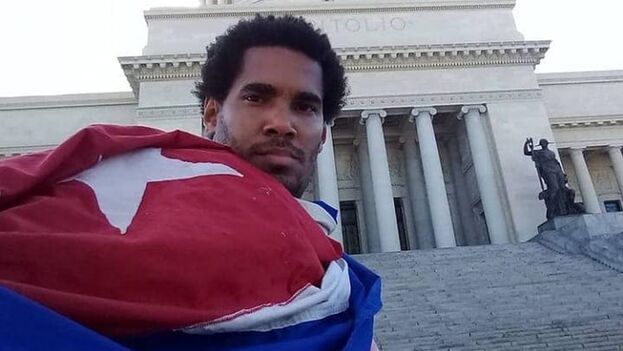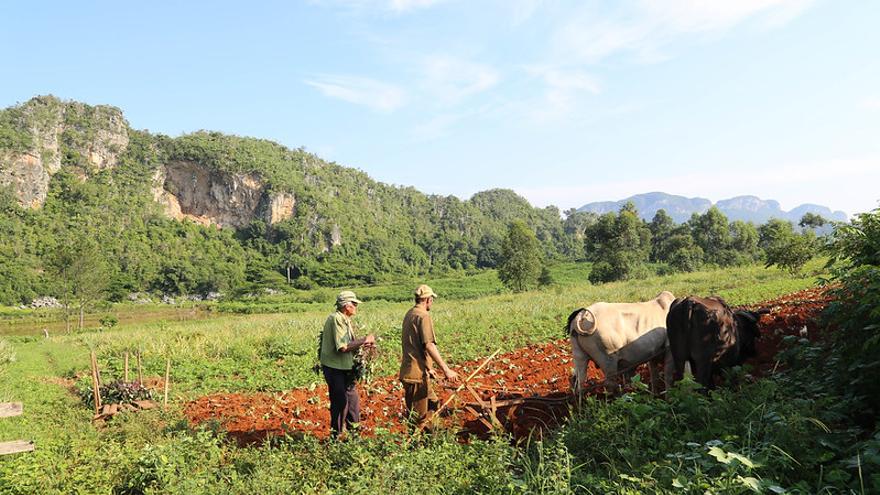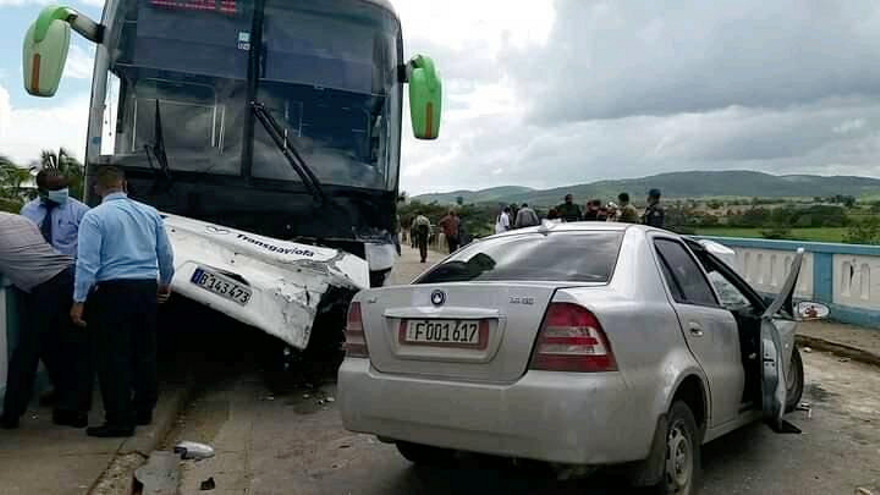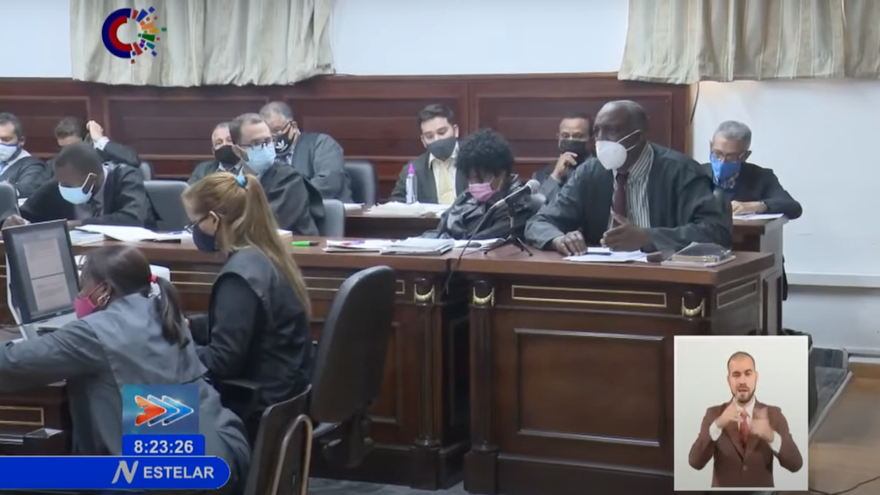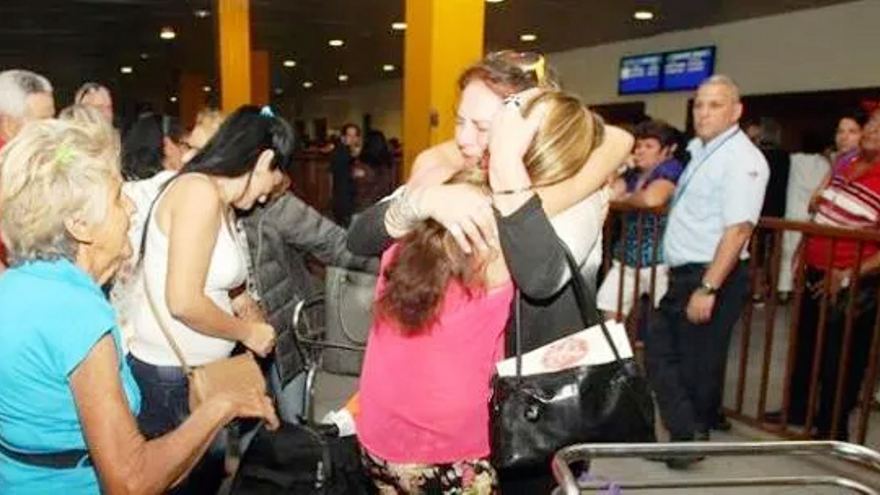
![]() 14ymedio, Reinaldo Escobar, Havana, 18 February 2022 — Perhaps one of the most notable absences from the released versions of the new Family Code is what refers to the unity of its members. The right to live together, the right not to be arbitrarily separated. The State should provide its citizens with access to material resources and legal protection so that this essential requirement that defines the family is fulfilled: union.
14ymedio, Reinaldo Escobar, Havana, 18 February 2022 — Perhaps one of the most notable absences from the released versions of the new Family Code is what refers to the unity of its members. The right to live together, the right not to be arbitrarily separated. The State should provide its citizens with access to material resources and legal protection so that this essential requirement that defines the family is fulfilled: union.
It would be unreal, even demagogic, for the State to promulgate that it will guarantee the material resources so that people can live with dignity under one roof. At most it could promise to continue working in that direction. Where it does have its hands free is to legislate in favor of rights. The consequences of the “criminal blockade” [i.e. US embargo] do not intervene there, nor do the pandemic, nor natural disasters.
In the current immigration legislation there are two articles that directly affect the family: Article 24 , which regulates the right of Cuban citizens to return to their country, and Article 25, which establishes rules to be able to leave the country.
The Achilles heel of both articles (or better said, the sword of Damocles) is that in order to strip the citizen of what is a constitutional right (Article 52), it is not required that such a decision be made in a court where the person can count on the necessary procedural guarantees, that is to say: evidence of what you are accused of, a lawyer to defend you and the ability to appeal.
The recent ban on Anamely Ramos from entering the country is based (as a regime spokesman has argued) on a presumption of guilt that has not been subjected to the scrutiny of a competent court. It is the first case where this measure is applied to someone who has not exceeded the limit on stays outside the country, which is the only paragraph that allows the entry ban to be applied automatically (although unfairly). continue reading
The threat this constitutes is enormous. If this precedent is set, from now on any father of a family, a son or mother, would run the risk of seeing their family ties broken without being able to do anything other than cry or protest.
If an accusation as serious as having organized, stimulated, carried out or participated in “hostile actions against the political, economic and social foundations of the Cuban State” can have legal consequences on a citizen without the intervention of a court, it should be withdrawn from Article 1 of the Constitution, which defines the country as “a socialist State of law and social justice, democratic, independent and sovereign, organized with all and for the good of all.”
If the Family Code were to include in its articles: “Every Cuban citizen has the right not to be arbitrarily separated from their family,” the aforementioned articles of the immigration law would have to be repealed, or at least modified.
It is only sixteen words. Under its protection, doctors, athletes, civil servants and other “deserters” could return to their country without fear of being turned back at the airport. Similarly, other Cubans who bear the stigma of being ’regulated’ — prevented from leaving the Island — could reunite with their loved ones outside the Island. The right to be together must be recognized for Cuban families wherever they live.
If the arbitrariness committed against Anamely Ramos served to promote this proposal in the public debates that take place with regards to the Family Code, if the proposal were massive and taken into account, if the rectification is made, this girl would have to be received with the honors of a national heroine.
One doesn’t even have to be very brave to ask to speak at one of these assemblies and calmly say: I propose that the Code include the following: “Every Cuban citizen has the right not to be arbitrarily separated from their family.”
____________
COLLABORATE WITH OUR WORK: The 14ymedio team is committed to practicing serious journalism that reflects Cuba’s reality in all its depth. Thank you for joining us on this long journey. We invite you to continue supporting us by becoming a member of 14ymedio now. Together we can continue transforming journalism in Cuba.

